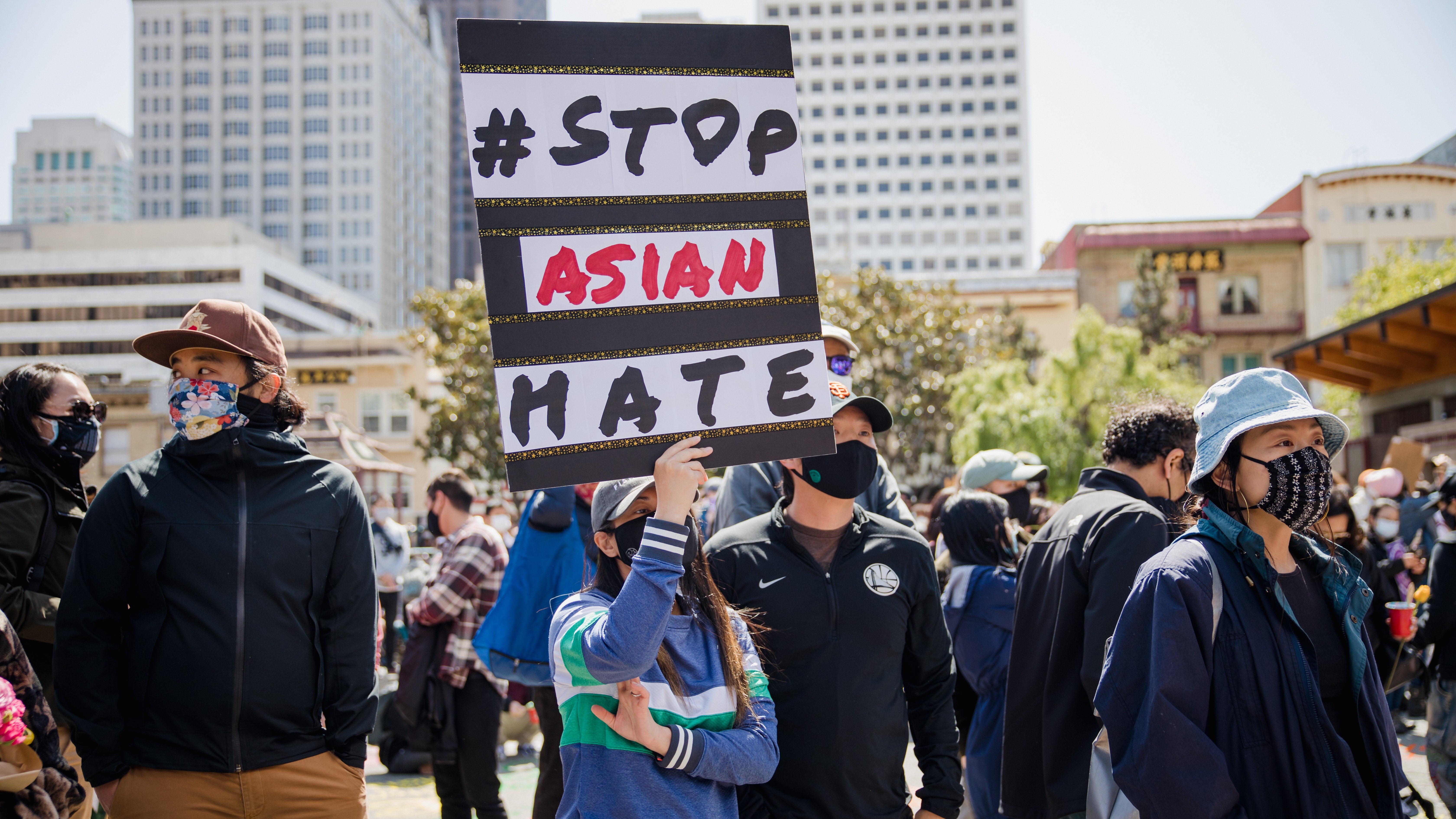On March 16th, 2021, a gunman attacked Korean massage parlors in Atlanta, GA, killing six Korean women and two patrons in an event that feels a bit like a pot of anti-Asian American and Pacific Islander (AAPI) sentiment boiling over. Though some authorities and news outlets have attempted to downplay or deny the racial component of this horrific crime, the reality is that anti-Asian sentiments and hate crimes targeting the Asian community have been on the rise, especially during the COVID-19 pandemic.
From the casual racism of calling it the “kung flu” or “Chinese virus” to increased vandalism of Asian-owned businesses to violent attacks, it’s an issue many believe has been largely ignored by mainstream media until now. As poet and essayist Cathy Park Hong wrote in her collection Minor Feelings: An Asian American Reckoning, “The indignity of being Asian in this country has been underreported.”
So what can we as individuals, professionals, and leaders do to help? Let’s start with some context.
A brief history of anti-Asian discrimination
Though in recent years it may seem less overt, the United States has a long history of anti-Asian discrimination. In fact, after a xenophobic propaganda campaign colloquially dubbed the “yellow peril,” Asians became the focus of America’s first racially-based immigration law, the infamous Chinese Exclusion Act of 1882.
Another dark touchstone in the U.S.’s historic treatment of Asians came in World War II with President FDR’s Executive Order 9066 which created the Japanese Internment Camps. It wasn’t until President Reagan’s signing of the Civil Liberties Act of 1988 that a formal apology was issued to the nation’s Japanese community.
And similar to what we’re seeing today, spikes in anti-Asian sentiment followed the SARS outbreak in 2003 and persisted for years after. A study conducted in 2008 by sociologist Carrianne Leung and focusing on Asian healthcare workers in Canada found, as reported by PBS, that “while publicly celebrated for their work in hospitals and other health facilities, these women found themselves fearing for their lives on their way home.”
For a comprehensive history on Asians in America, from immigration to legislation to discrimination, try reading The Making of Asian America by Erika Lee. After all, education is the key to understanding and understanding is the foundation of progress.
The myth of the model minority
One complication in our society’s ability to recognize then effectively address discrimination against Asian Americans is the concept of the “model minority.”
A generalization that reduces an otherwise widely diverse range of identities and experiences to a monolith, the “model minority” myth suggests that Asian Americans successfully overcome adversity thanks to hard work and traditional, two-parent family units. In slang terms, they had strong bootstraps and were pulling themselves up by them in the “right” way. The myth, while ignoring a complex reality that doesn’t universally support it, also works to pit different minority groups against each other in the court of societal perception. This also creates pressure within Asian American communities to be silent about their oppression for fear of losing this favored status.
As Claire Jean Kim, a professor at the University of California, Irvine, told NPR, “During World War II, the media created the idea that the Japanese were rising up out of the ashes (after being held in incarceration camps) and proving that they had the right cultural stuff. And it was immediately a reflection on black people: Now why weren’t Black people making it, but Asians were?”
The effect, of course, was to put the onus of oppressive systems onto the work ethic and ability of the oppressed rather than taking the opportunity to examine systemic issues.
COVID-19 and the rise of anti-Asian violence
The spread of COVID-19 and the subsequent loss and disruption of life has led to a litany of consequences, one of which has been the drastic increase in discrimination and violence against Asian Americans. The numbers are, frankly, damning.
Since March of 2020, the group Stop AAPI Hate has received a devastating 3,800 reports of racist incidents against Asian Americans and Pacific Islanders. Several attacks on elderly Asians in the Bay Area have gone viral, with one victim, 84-year-old Vicha Ratanapakdee, ultimately passing away from his injuries. And, according to the Pew Research Group, 31 percent of Asian adults “say they have been subject to slurs or jokes because of their race or ethnicity since the outbreak began.”
In the wake of March 16th’s tragedy alongside the trajectory of rising discrimination, the problem is clear. And we all need to help do something about it.
What we can do to help build equity and inclusion for the AAPI community
When it comes to combating racial violence and righting systemic wrongs, the responsibility falls to each of us, especially allies with privilege and those in leadership positions. Start taking steps to ensure the equity and inclusion of the AAPI community in your life and business now. Here’s how:
Acknowledge the problem. As with any issue, we’ll never find a solution without first accepting the reality of the problem. Thanks in part to the model minority myth, discrimination against Asian Americans is frequently overlooked. But assumptions don’t always match reality, and as recent events show us, now is not the time to look away.
Educate yourself and your team. Once you’ve acknowledged the issue, learn about it. Challenge yourself and your team to include a variety of Asian American experiences and considerations in your existing diversity, equity, and inclusivity initiatives and training exercises. Seek out different perspectives and new points of view. And remember, the blanket of “Asian American” is large, including ethnic groups ranging from India to Pakistan to China to Korea, Thailand, Japan, and beyond.
Create an Asian Advisory Council and Employee Resource Group. A council, an office, an initiative; if your company doesn’t already have a position focused on the inclusivity of Asian Americans, now is the time to create one. Perhaps a facet of the “model minority” fallacy, Asian Americans are often not considered to be underrepresented. Because of this, they often receive little attention in diversity programs which may, in part, contribute to troubling the lack of Asian American representation at the executive level.
Celebrate Asian Pacific American Heritage Month. Observed during the month of May in the United States, Asian Pacific American Heritage Month is the perfect time to learn about AAPI histories, cultures, art, and current experiences. As a leader, you can take this chance to explore the vast diversity of AAPI heritage and help your team to do so as well.
Be open with your support. A tried-and-true tactic, leading by example is likely the simplest and most effective step to take toward progress. Once you educate yourself and make a commitment to act inclusively on behalf of the AAPI community, your team will follow. So, speak up, expand your perspective, be curious about others’ experiences, donate to reputable organizations supporting equity, and do the work.
Tragedy has a tendency to shine a spotlight on issues we might’ve downplayed before. We’ve seen it time and time again in recent years. But those of us with the most privilege must also recognize that surprise is often a luxury. For people in the AAPI community, the rise in anti-Asian sentiments isn’t a new story, but one thrust into the national headlines through violence. Yet, tragedy doesn’t have to be an ending. With a focus on understanding, action, and inclusivity, we can turn it into a catalyst to propel ourselves and our teams forward toward a better future.




